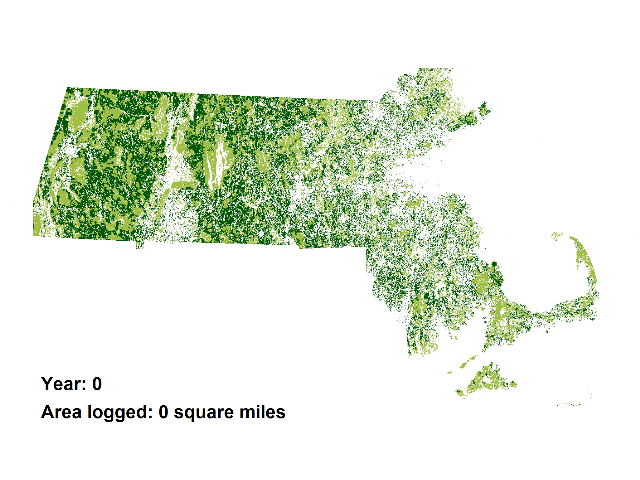Among the questions local citizens asked the
Valdosta-Lowndes County Industrial Authority (VLCIA) was
where is the south Georgia, state, or southeast U.S. renewable energy strategy?
VLCIA Project Manager Allan Ricketts looked, and he couldn’t find it, either.

He did find
this list of “renewable energy strategy”
hits from a GEFA search.
At least one of those links points us to http://www.georgiaenergyplan.org/,
which now gets us
Are you interested in buying this domain name?
The state has apparently abandoned that domain.
Is that an indication of how seriously Georgia takes renewable energy?
Here’s something that looks promising:
State Energy Strategy for Georgia (SESG),
December 14, 2006, Governor’s Energy Policy Council, GEFA.
It says it’s an energy strategy, but it’s mostly
about transportation of existing fuels such as natural gas.
Towards the end of the document in Figure 2 (shown above) the SESG illustrates
the pit we’re in: about a third of Georgia’s energy comes from coal,
another third from petroleum, a sixth from natural gas, and so little
from renewable sources they apparently weren’t worth putting on the pie chart.
The SESG does contain this:
Continue reading →








